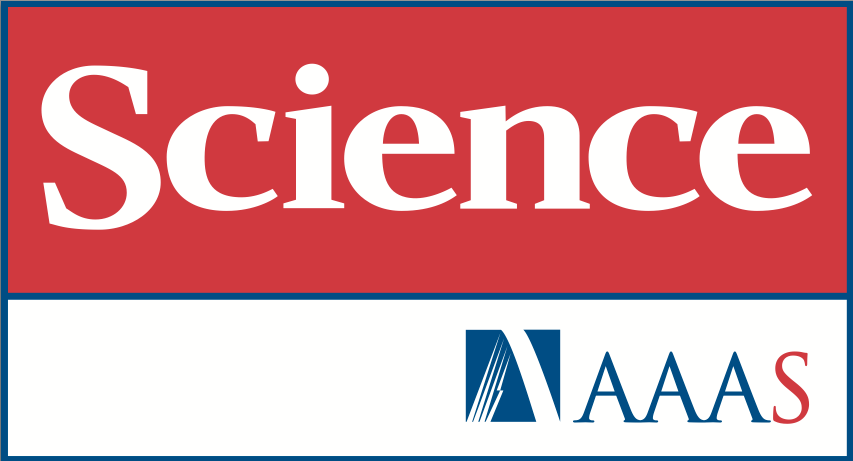There is great disparity in the way we think about and address different sources of environmental infection. Governments have for decades publicized legislation and invested in food safety, sanitation, and drinking water for public health purposes. However, airborne pathogens and respiratory infections, whether seasonal influenza or COVID-19, are addressed fairly weakly, if at all, in terms of regulations, standards, and building design and operation, pertaining to the air we breathe.
We joined an international team of experts in authoring a report to suggest that the rapid growth in our understanding of the mechanisms behind respiratory infection transmission should drive a paradigm shift in how we view and address the transmission of respiratory infections to protect against unnecessary suffering and economic losses. Here we highlight the relevance of this issue and solutions.
What has delayed the growth?
- It is much harder to trace airborne infection relative to other environmental infection because:
-
- its point source is not as easily identifiable,
- its impact on human health is not as immediate, and
- buildings and their airflows are complicated, and measurement methods for such studies are complex and not generally standardized.
- There has been a long-standing misunderstanding and lack of research into airborne transmission of pathogens which negatively impacts recognition of the importance of this route.
Why should we care?
- There are some standards to provide an acceptable indoor air quality (IAQ) to ensure thermal comfort, and some health-based indoor air quality guidelines providing values for benzene, carbon monoxide, formaldehyde, and other chemicals. There are, however, no ventilation guidelines or standards to specifically control the concentration of these pollutants indoors.
- The airborne transmission route for respiratory infections is potentially the dominant mode of transmission, and there are numerous cost-effective, performance-enhancing solutions to minimize the risk of infection transmission.
- Even with our rapid growth in our understanding of the mechanisms of respiratory infection transmission, there exist no recommendations or standards for mitigating bacteria or viruses in indoor air.
What can we do?
- First and foremost, the continuous global hazard of airborne respiratory infection must be recognized for the risk to be controlled.
- The global WHO IAQ guidelines as well as national comprehensive IAQ standards must be developed and promulgated accordingly.
- Comprehensive ventilation standards must be developed by professional engineering bodies and the wide use of monitors displaying the state of IAQ must be mandated.
Morawska, L., Allen, J., Bahnfleth, W., Bluyssen, P.M., Boerstra, A., Buonanno, G., Cao, J., Dancer, S.J., Floto, A., Franchimon, F. and Greenhalgh, T., 2021. A paradigm shift to combat indoor respiratory infection. Science, 372(6543), pp.689-691.





